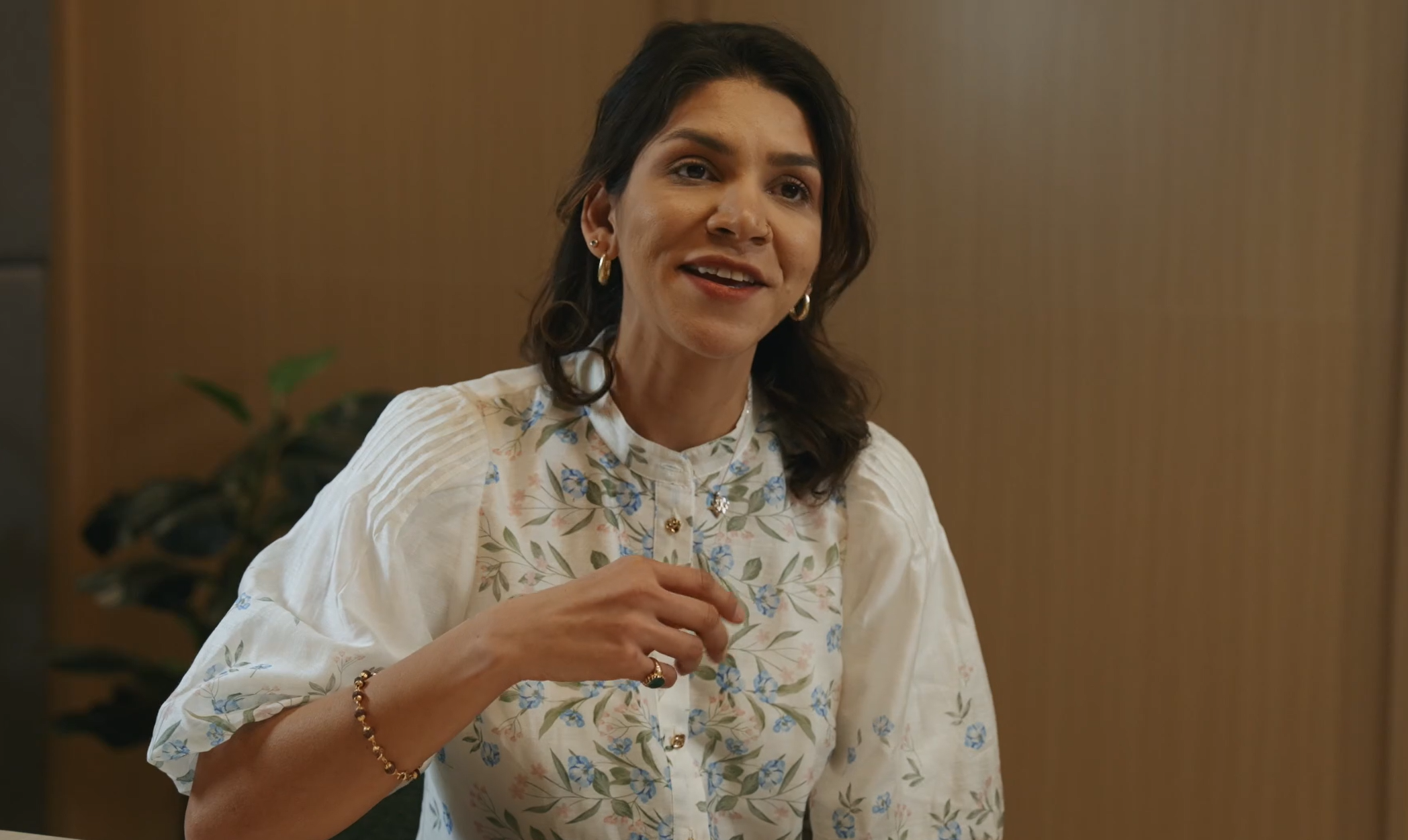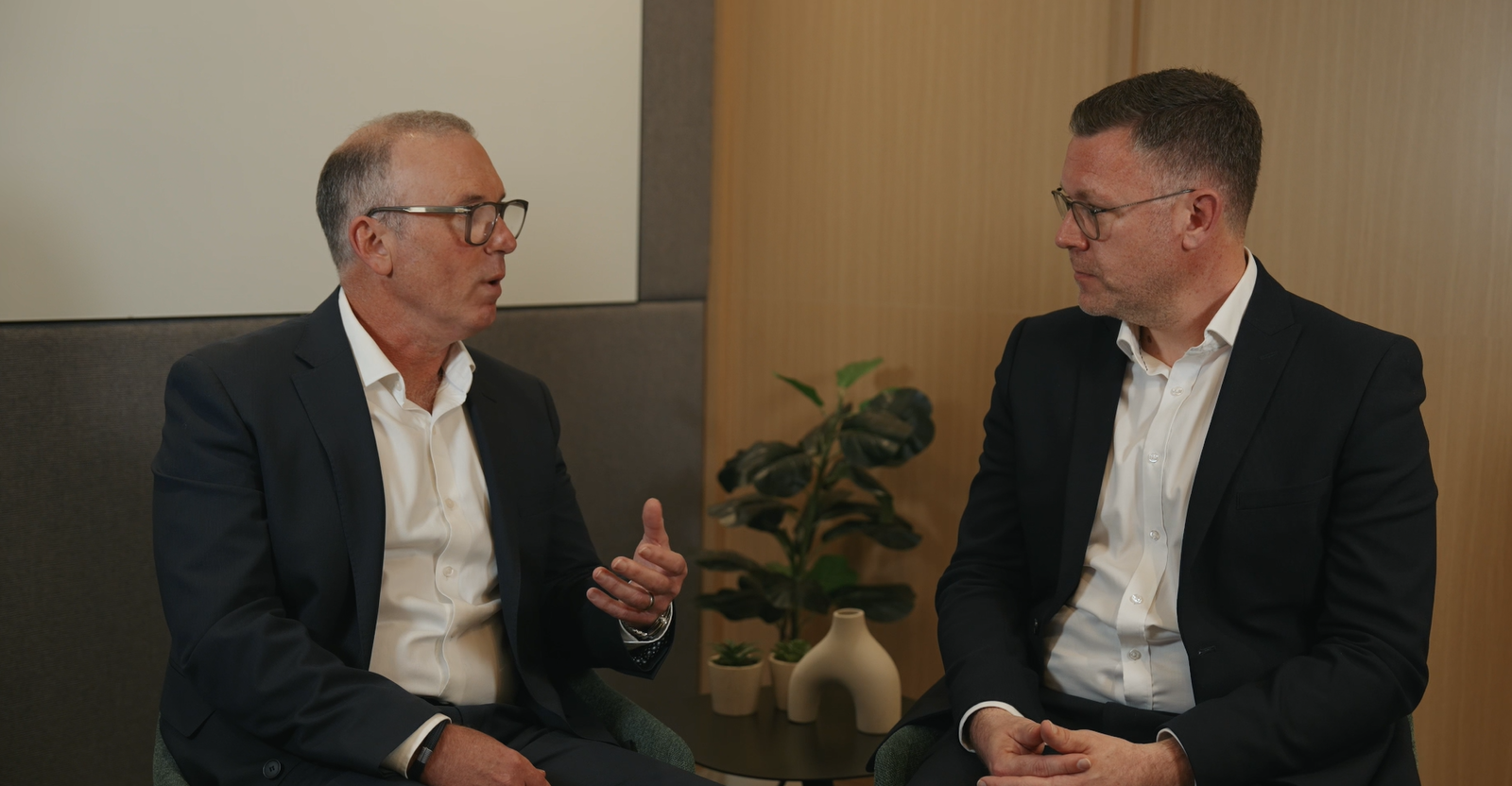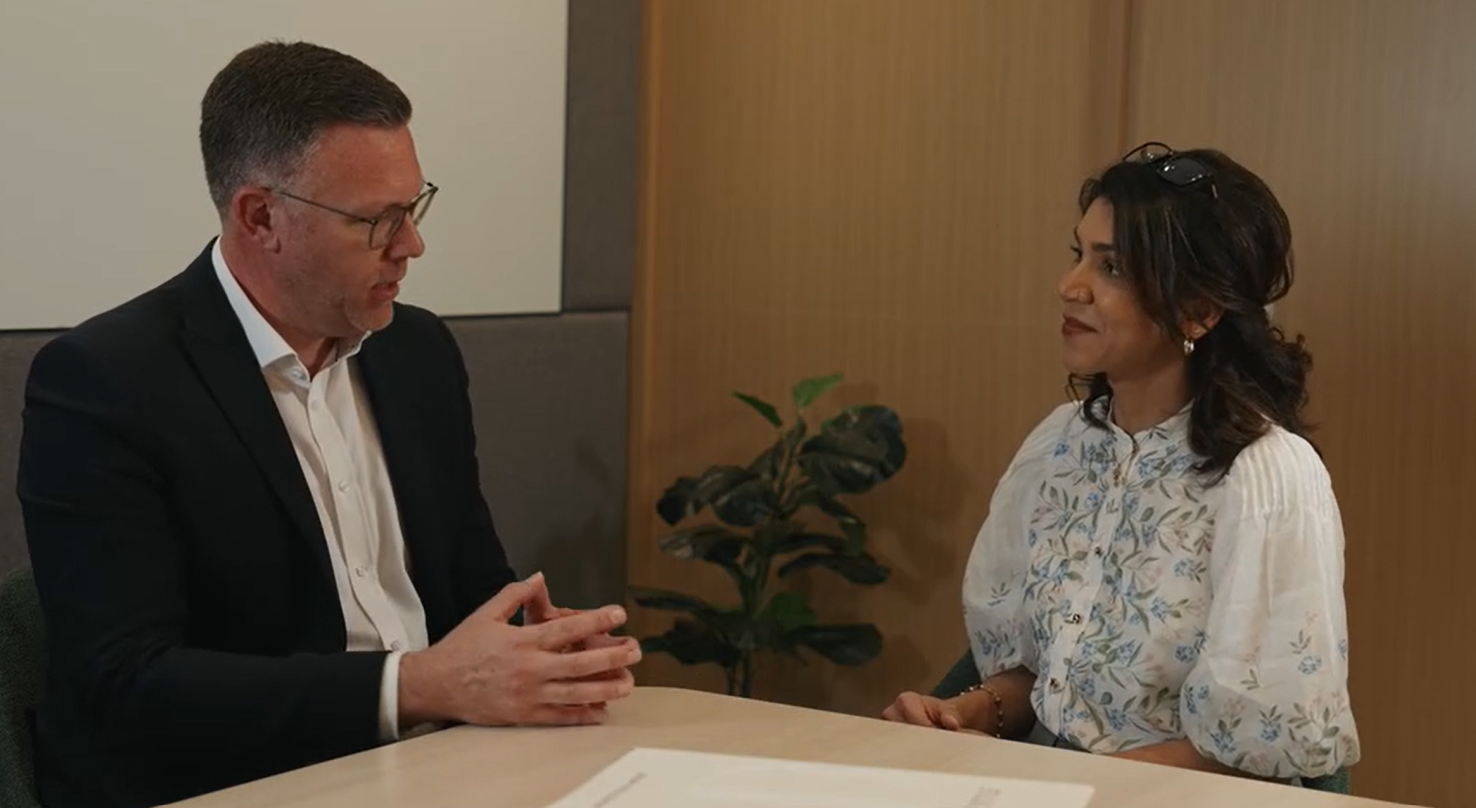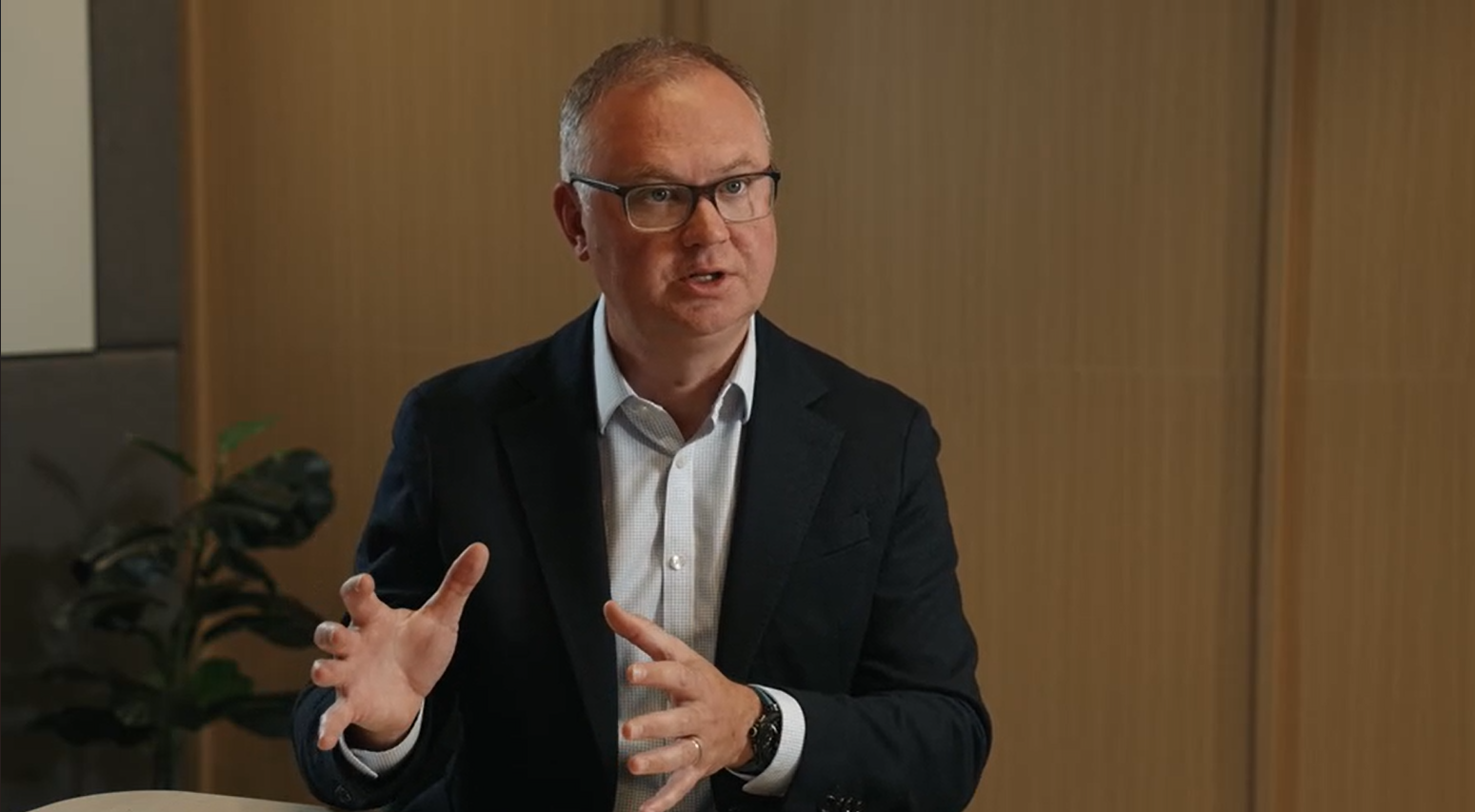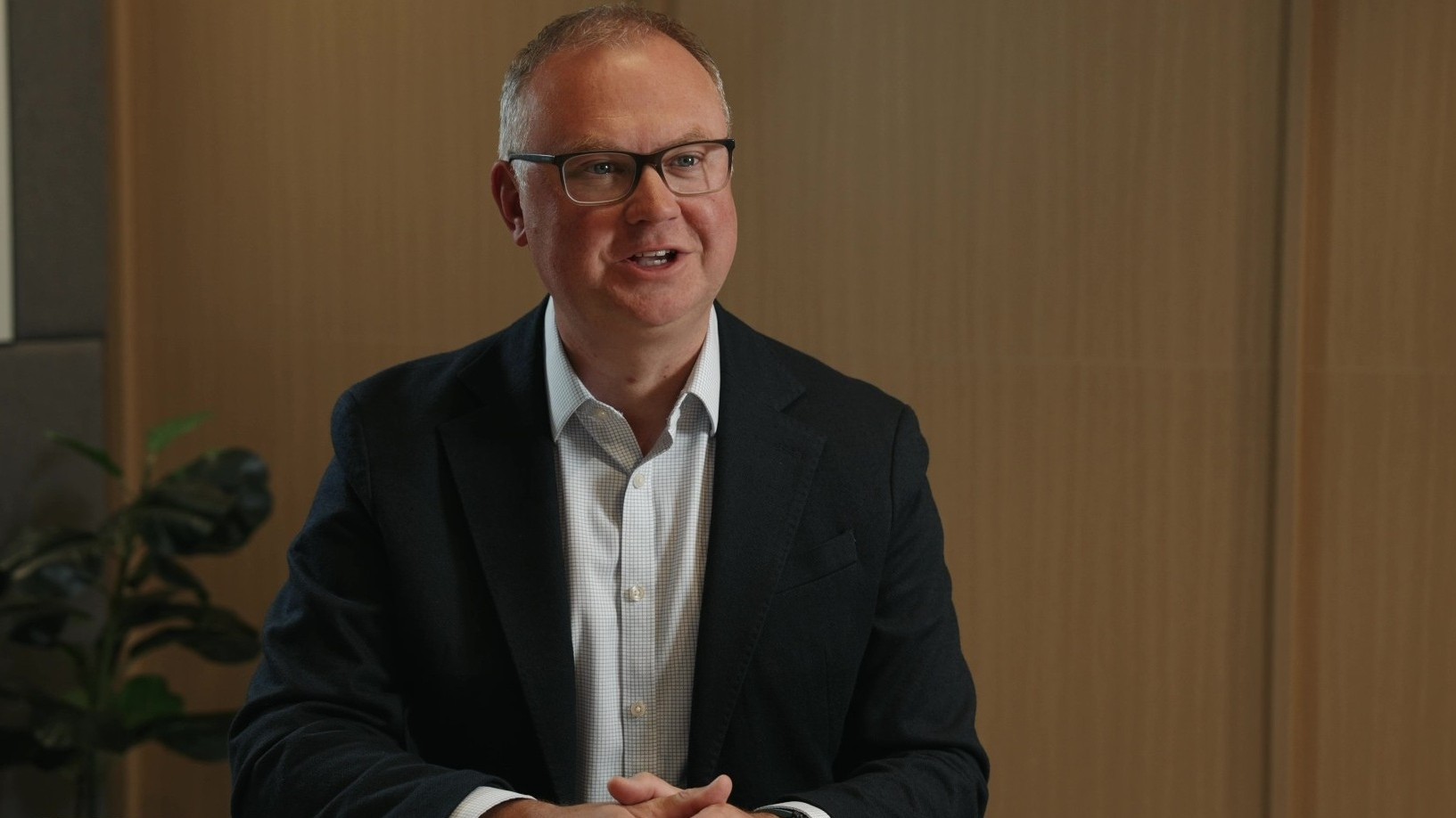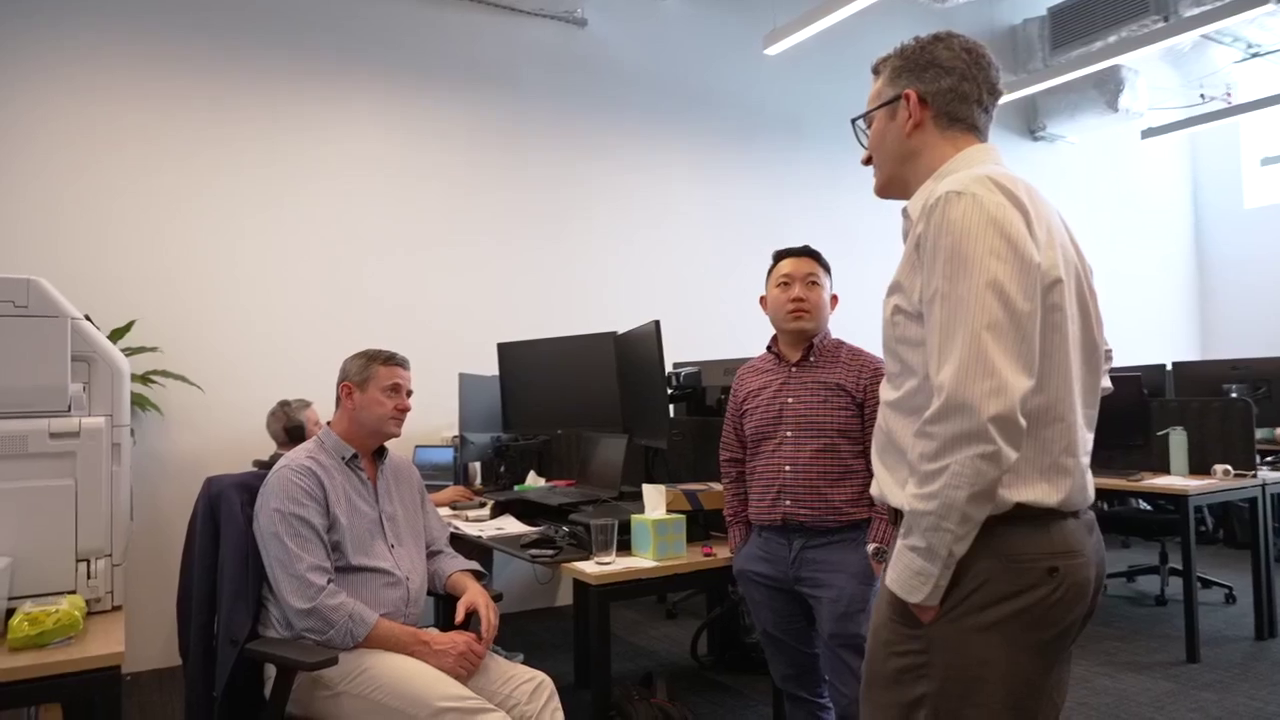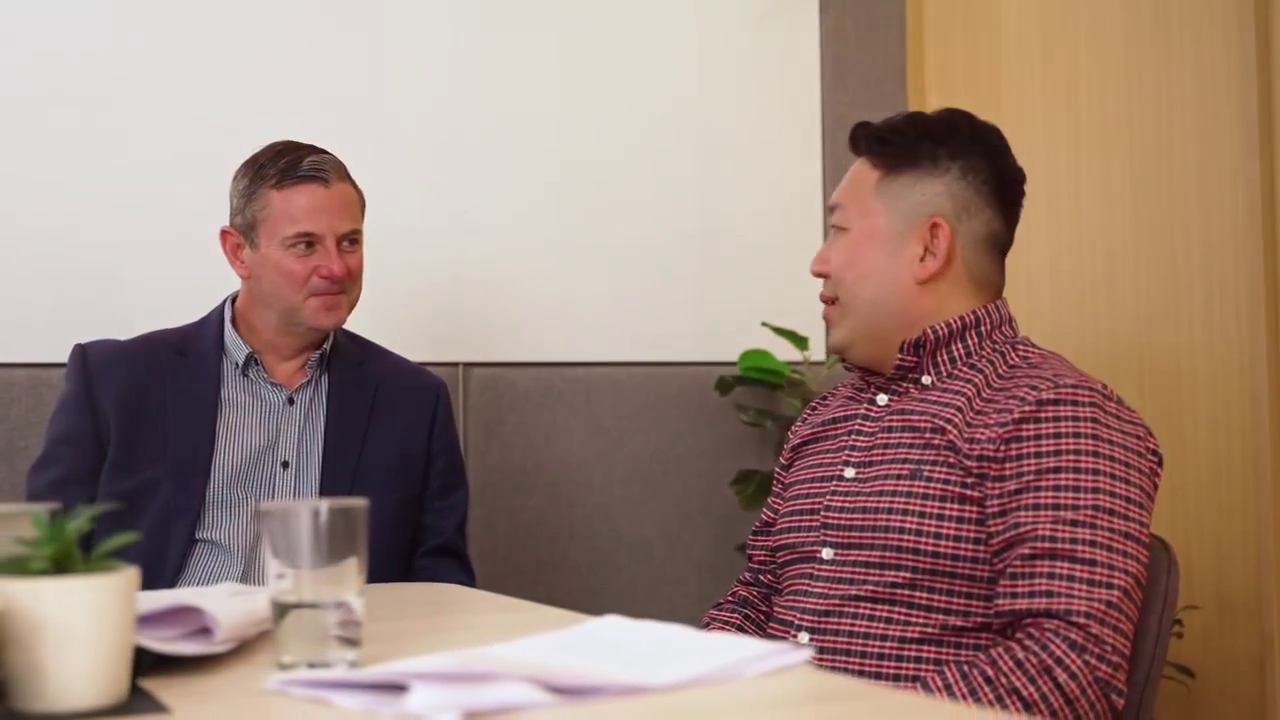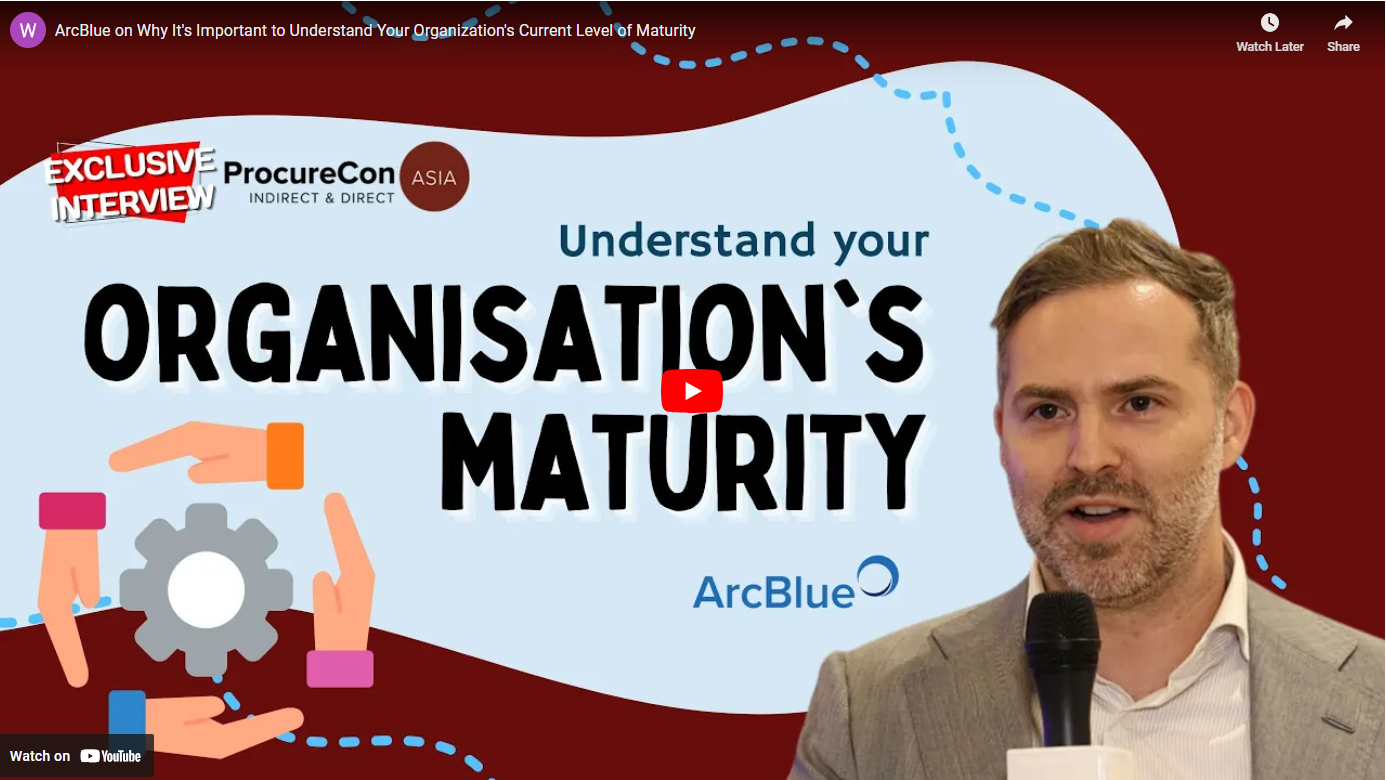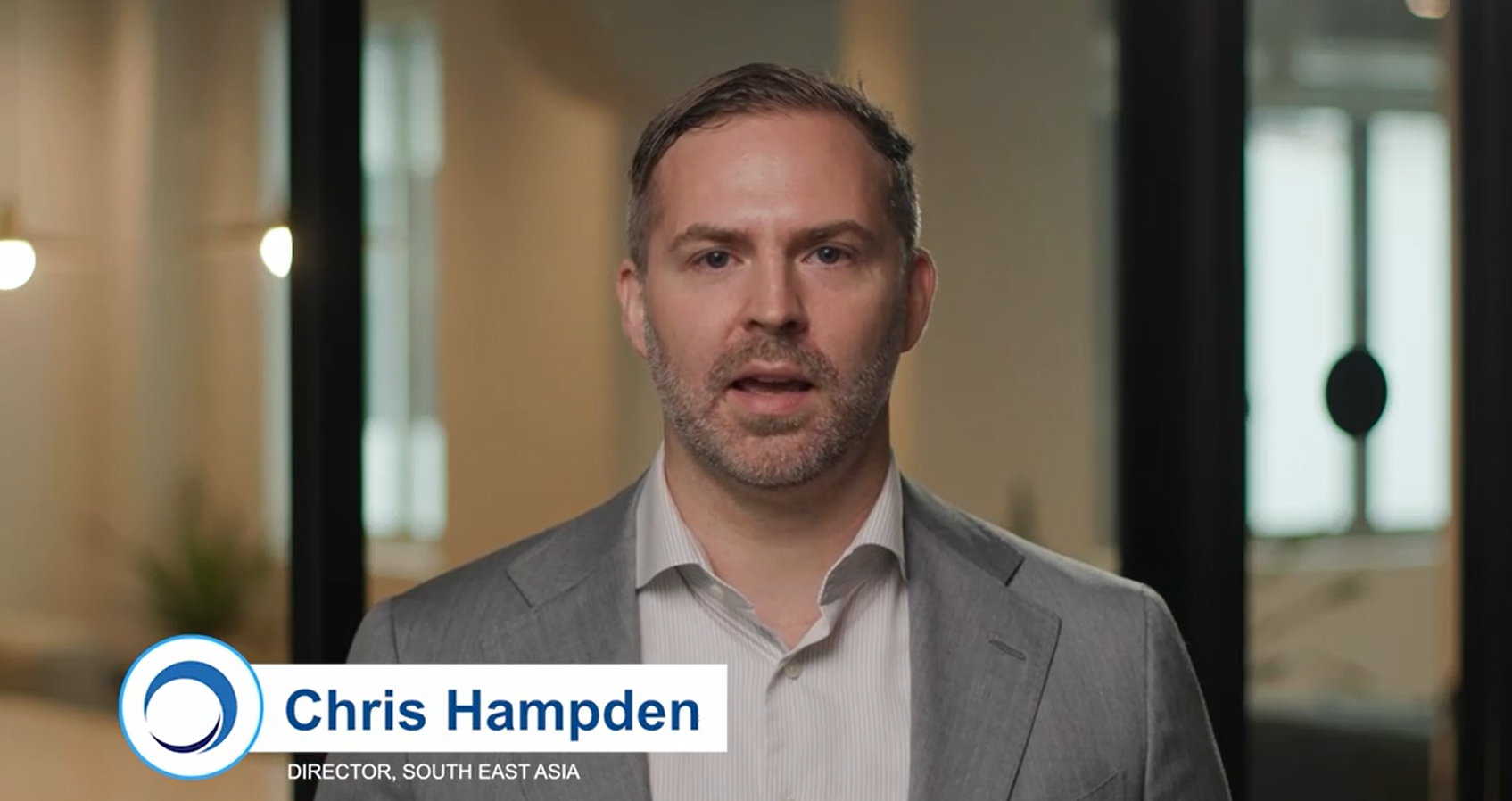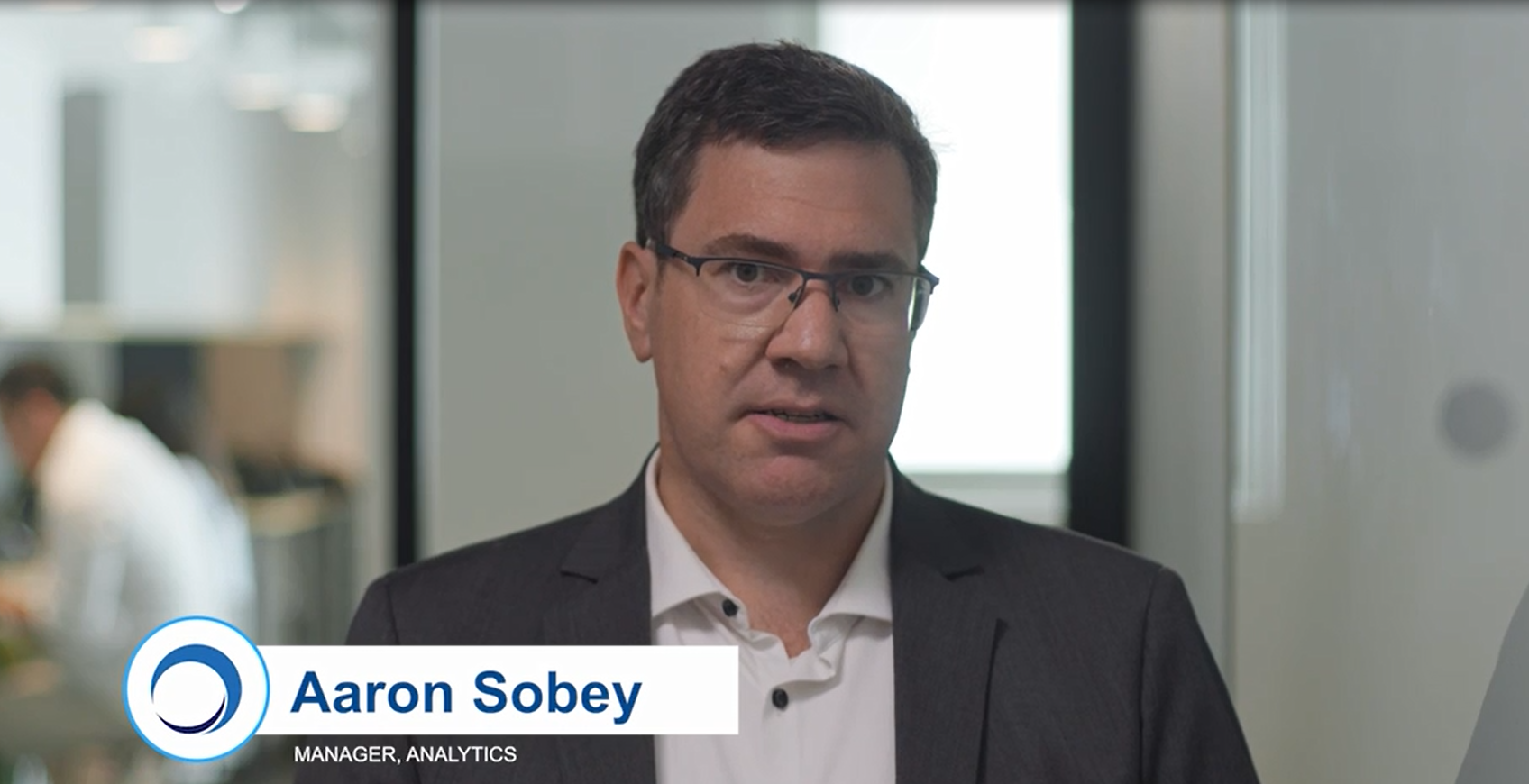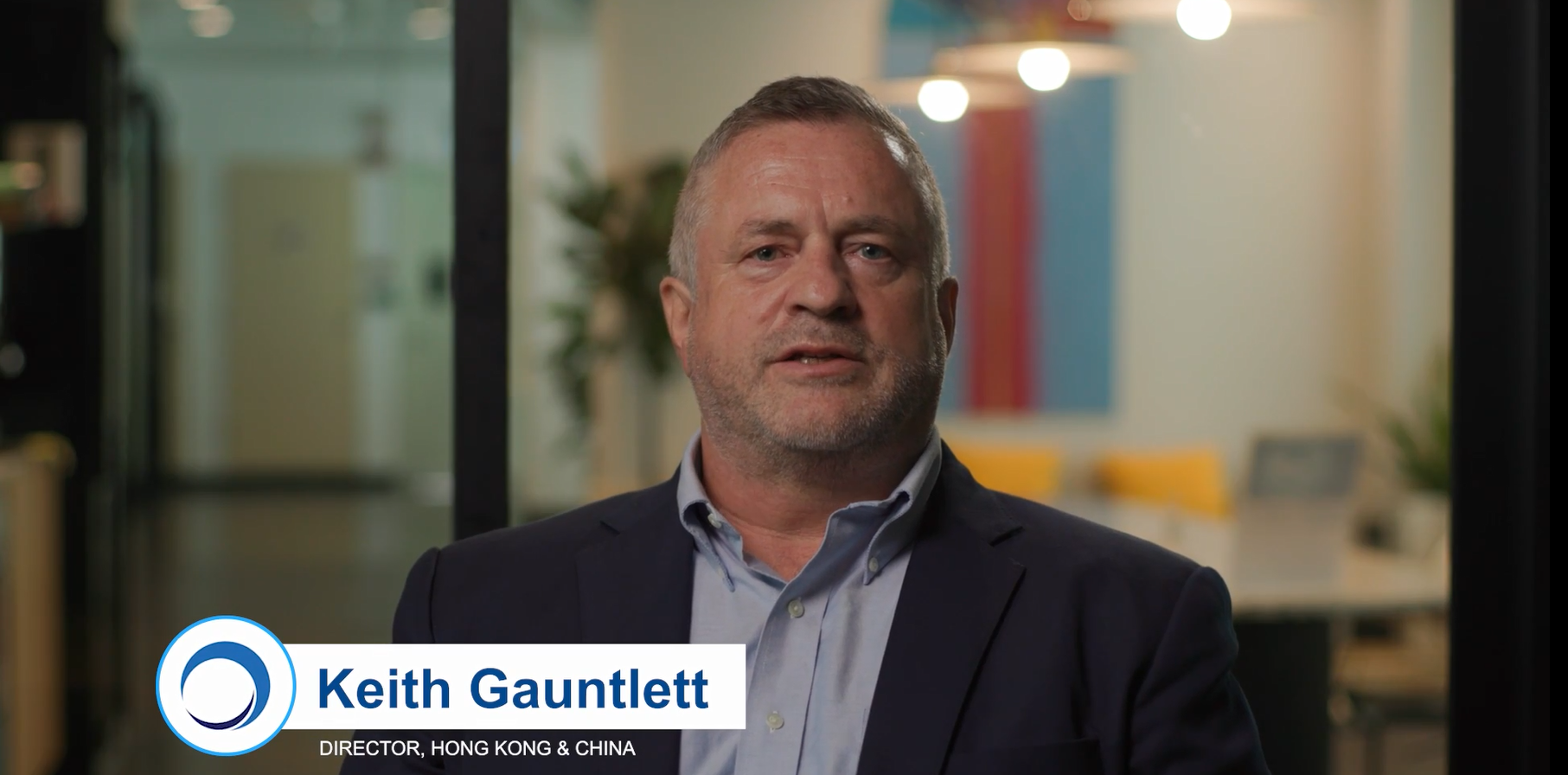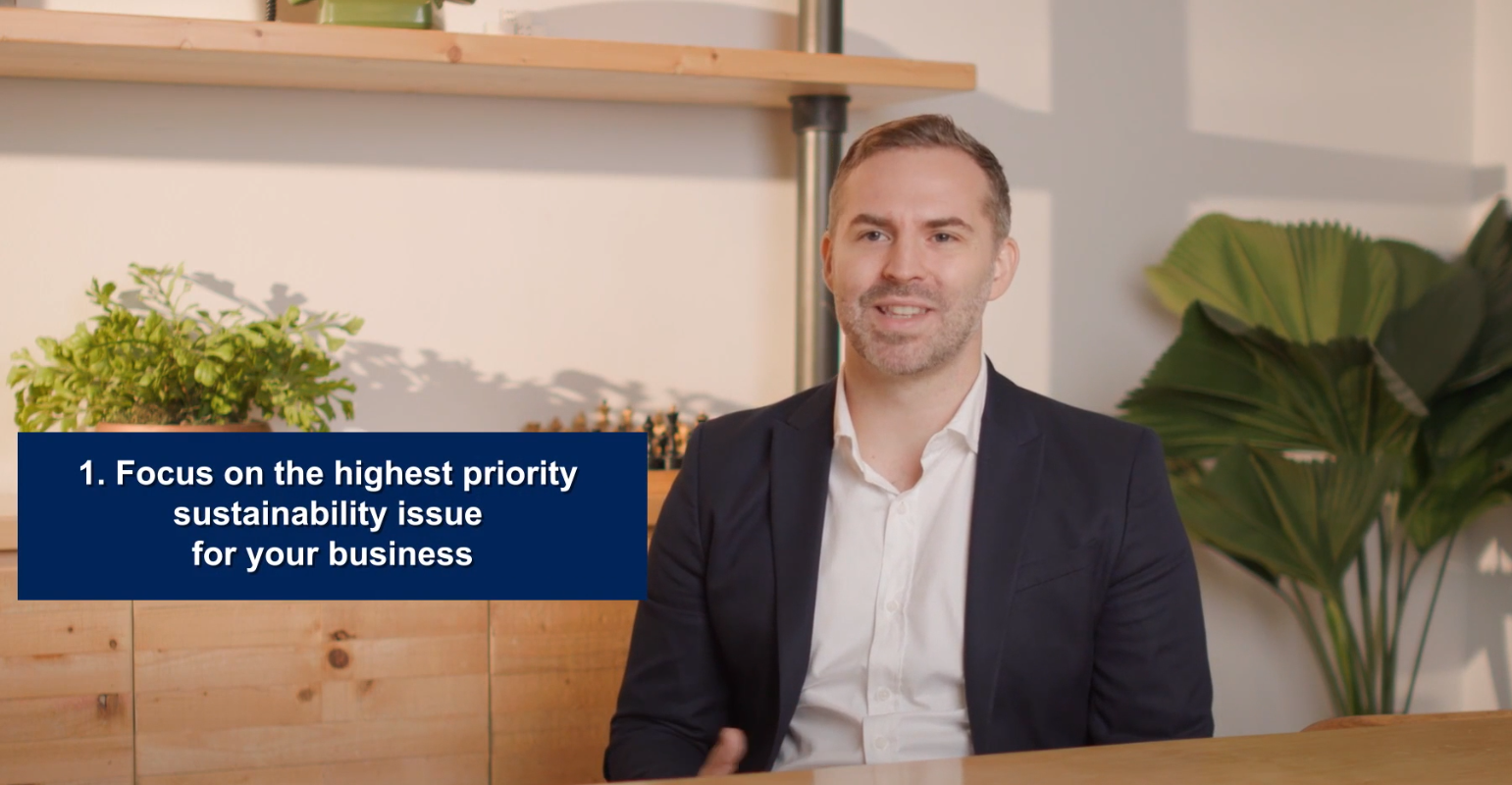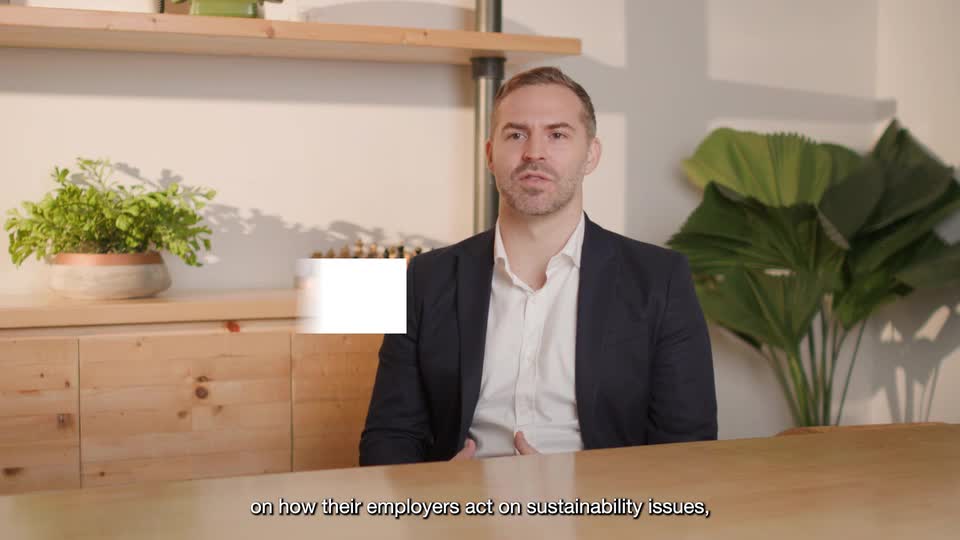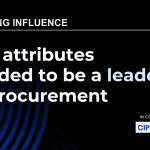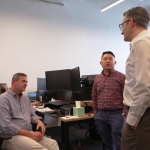- VIDEO
Capital Procurement Part 1:
What makes Capital Procurement different?
February 2025
“We’ve got to have the ability to compartmentalise different spend, and with that different spend data, we’ll be able to use it and utilise it in a way that benefits the entire capital project…” Dan Renfrey, Director and Edwin Beh, Consultant at ArcBlue explore why procurement teams often struggle with capital projects, how data and strategic insights can bridge the gap, and what organisations can do to drive success in this space.
Featured
Related Services
Transcript
Dan R: Buildings, massive infrastructure, plant equipment. Let’s talk about capital procurement. It’s an exciting part of procurement and many organisations, especially mature procurement organisations, struggle with it.
I think the first thing is, when we look at everyday routine procurement, it’s something we’re familiar with, and it’s providing operations and support functions with what they need to run the business. And finance – the community within finance – typically refers to it as operational expenditure.
We quite often tailor our procurement organisations into categories that are based around this indirect spend, direct spend, spares, operating supplies, facilities management, these sorts of things. When we flip into the world of capital procurement, then we’re starting to look at the longer-term assets to keep an organisation [in operations] running for the long term.
And I think this is where it’s exciting. Sometimes we see it for growth strategies in organisations. It’s a new business they want to get into. Sometimes it’s more about a new capability or capacity and upgrading what they currently have. And others, it’s really just about sustaining the business, running it that way. So these two buckets, when we go into an organisation, we typically see finance OPEX that way, CAPEX that way. And our traditional procurement organisation is really well-versed with operating in that OPEX world.
What I want to talk about today is what are the major differences? Why do procurement organisations struggle with capital procurement projects as opposed to operational, everyday procurement?
And I know you’ve done a lot of work in organisations with category management and strategic sourcing and that side of their business. What do you see as the major differences in an organisation between the complex world with their category management programs, and when they try and cross the fence into a capital procurement project?
Edwin B: Well, Dan, in terms of capital procurement, for most organisations, the category planning and sourcing strategies are mostly tailored towards goods and services which they are familiar with. The procurement and the operation teams really find familiar reality, as well as comfort in the goods and services component.
When we touch upon major projects, that’s an entirely different ballgame. For major organisations, they fail to have a good database relating to major projects, as well as capital procurement, and that doesn’t allow them to go to the next step.
Dan R: So, when we look at category management plans, we’re always starting with a reference point. This historical spend you’re looking at, as you said, categories that are well known. We’re buying this every day. We know the suppliers. We’re familiar with stakeholder needs. And I guess what you just touched on is, we start to look at a capital procurement project, it might be the first time we’ve ever bought something so there’s no data set.
Edwin B: And that speaks volumes in terms of most organisations, which don’t have the major projects or Capital Works database to work from. And moreover, sometimes they do not have the highly skilled personnels or capital works personnels to work on that particular project.
Dan R: The skill set, as you mentioned, within the procurement team, you’re asking them to buy something they’ve never bought before, so they don’t know the suppliers. And it’s way more complex.
So what are we trying to do in, say, a capital project, when we talk about the financial side of things?
Edwin B: Well, in terms of the financial side of things, I think good category management is important. We’ve got to have the ability to compartmentalise different spend, and with that different spend data, we’ll be able to use it and utilise it in a way that benefits the entire capital project.
Well, then after stakeholder engagement or the mapping of the stakeholders in terms of the next steps of a category procurement plan, it has to do with demand and spend. How do we go about in the capital procurement project to map that out?
Dan R: Yeah, that’s such a good question. You’re right. In a category plan, you’ve got that data, you’ve got the historical spend and the forecast and what you want to spend next year.
In a capital procurement project, it’s different. It’s more about the budget. How you go about creating a budget to spend on these big capital projects but then breaking it down into logical work packages to be able to go out into the market the right way.
If we have a half billion dollar project, it’s made up of lots of little projects like electrical packages of work, and maybe some civil infrastructure, and then the actual big piece of equipment themselves, so the next step is more about working with stakeholders on the budget for the project, and that will then lead into the next big exercise, which is different to everyday procurement, where we work with all the stakeholders on project-related risks.
One of the other things that we were talking about before we came here today was about what happens outside of a project. We’re talking about spending hundreds of millions of dollars. And quite often there’s other organisations that are competing for the exact same resources at the same time, whether that’s concrete, steel or the workforce.
What are the sorts of things that you’re seeing that organisations like ArcBlue could do to help a business understand what’s happening outside of their own project?
Edwin B: At ArcBlue, we work with many organisations within Australia, whether it’s a buyer organisation or a supplier organisation. And what we do after that is we collate all the data. So in terms of that data, we will in turn use that data and feed it to our analytics team, then they will use that data to build up an entire bigger picture of what the macroeconomic outlook is like.
Dan R: So it’s like filling that information gap that we have with benchmark data. That’s a great way of being able to understand what some of those risks are that might impact a project.
Edwin B: And this allows our client at ArcBlue to better anticipate any future challenges and to basically position yourself strategically to get the right supplier, as well as the right resource, at the affordable price or correct price.
Dan R: And the right time because you’re understanding what’s happening with other projects in the marketplace.
Edwin B: That is true. To wrap it up, what do you think organizations look for external help to do capital procurement?
Dan R: I think it comes down to a few things. You mentioned it earlier today. Data insights. Quite often they don’t have that visibility on what’s going on with that particular thing they’re trying to do and build, but also what’s happening outside in the external market. So that’s the first thing – data insight.
I think the second one is, they recognize it’s complex and a more specialised skill set. So if they can find someone that may have done it before or regularly does capital procurement and project procurement, then it’s likely to be more successful because there’s a known process that people are experts in.
Edwin B: Makes sense, there’s too much at risk.
Dan R: Too much at risk. And I think the last one is it’s typically a one off, you’re building a building and then that’s it. It’s not a skill set you necessarily need to maintain in-house. There’s a recognition that there’s a skill set that’s better placed externally than from finding within.
KEEP WATCHING






